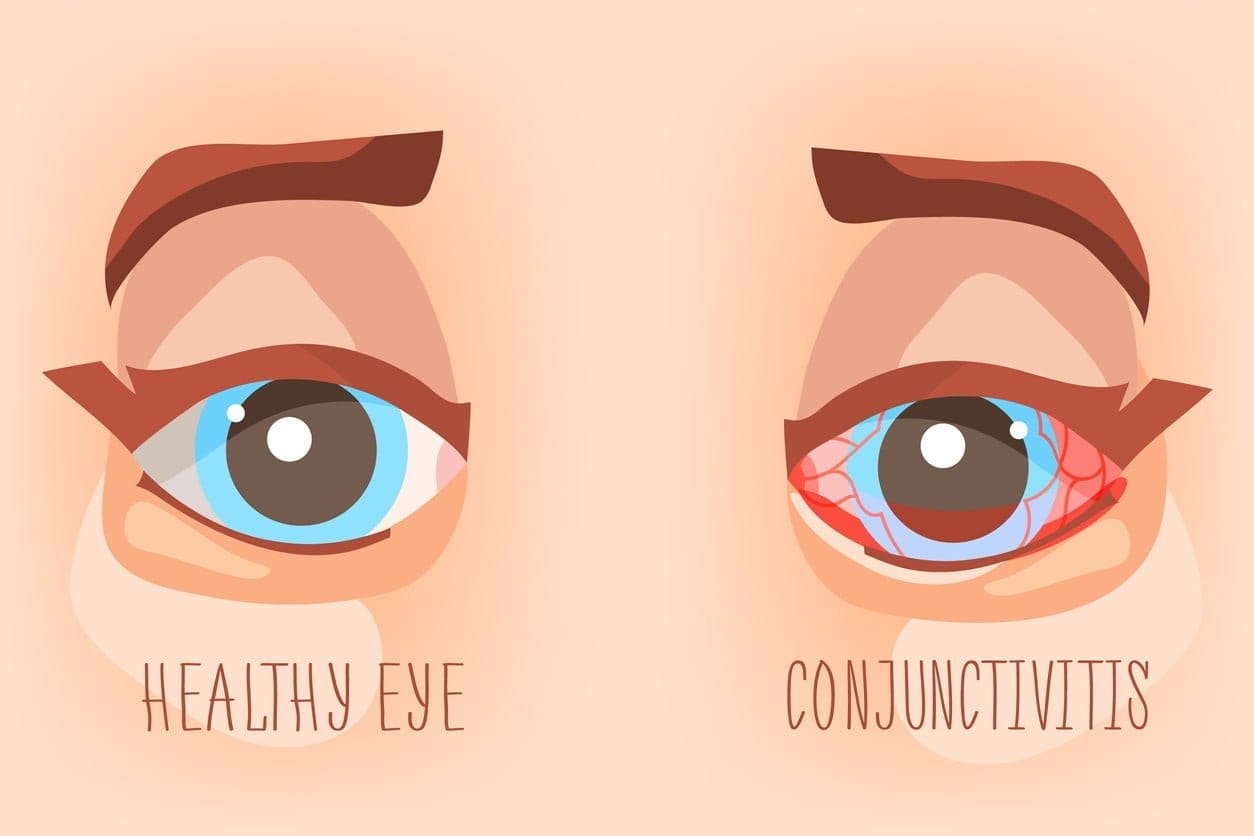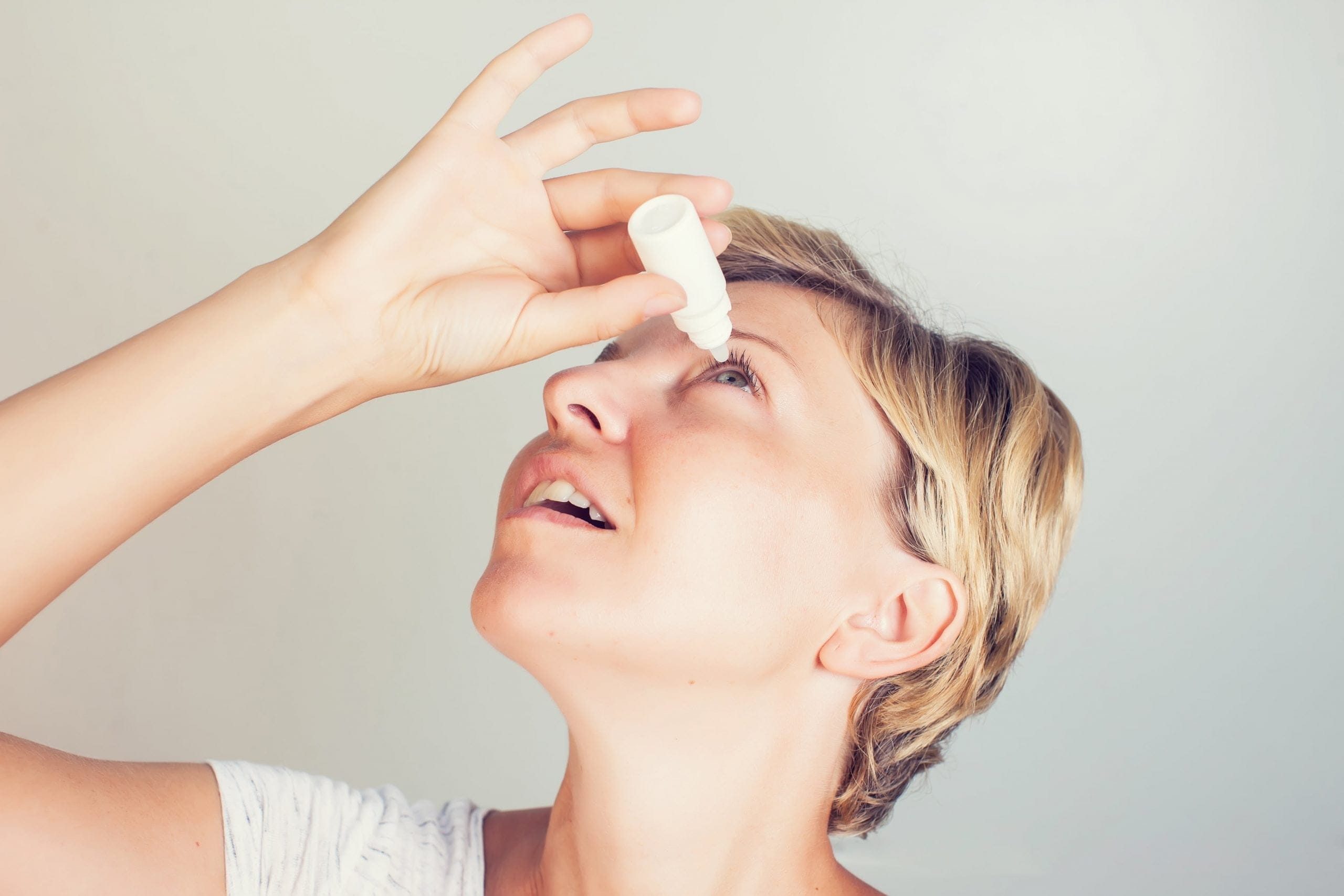Back to school means germ spreading is back at an all time high. According to the National Eye Institute, 3 million cases of pink eye occur in the United States each year. Spending more time indoors, sharing school supplies and working closely with classmates and peers means an increase in coughing, runny noses and sneezing, making bacterial and viruses easier to spread. Anyone can get pink eye, but office workers, students, teachers, and childcare workers are at a high risk particularly because they work closely with others.
What is pink eye?
Pink eye or conjunctivitis is inflammation and irritation of the conjunctiva, which is the membrane lining over the white part of your eye. Pink eye is extremely contagious and is most often caused by a viral or bacterial infection, but can also be caused by allergies. It is commonly spread by contact with eye secretions.
Causes
Because conjunctivitis is caused by different factors, there is no one clear way to treat it. Placing a cool, damp cloth on your eye can help it feel more comfortable and in some cases, artificial tears can help. If the cause is viral, there are no specific treatments because the body has to fight the virus on its own. The cause can also be bacterial, your doctor can prescribe antibiotics eye drops depending on the severity. Sometimes, pink eye is caused by allergies, there are eye drops to help with itchiness and swelling.

Symptoms
- redness
- itchiness
- excessive tear production
- thick yellow discharge that crusts over eyes and eyelid
- blurred vision
When to see a doctor
Please go see a health care professional if you experience any of these symptoms:
- mild to severe pain in the eye
- blurred vision
- sensitivity to light
- a weakened immune system
- if you have an infant experiencing any pink eye symptoms, go see a doctor immediately
- If symptoms get worse or don’t improve after medication

Ways to prevent pink eye
- Wash your hands often with warm soapy water. Especially if you come in contact with someone affected by pink eye (touch their eyes, clothes, linens, etc.)
- Avoid touching your eyes
- Avoid from sharing items like pillows, towels, makeup, etc
- Clean your eyeglasses
- Clean your contact lenses and case regularly. Learn more about basic contact lens care in this video.
- Throw out any makeup product, makeup brushes, contact lenses you used while infected
- If you have pink eye, wash away any discharge from your eye daily
Pink eye is one of the most common and most treatable eye conditions for both children and adults. Be proactive about your eye health and make sure your workplace is sanitized and you wash your hands regularly. While most cases of conjunctivitis can be resolved on its own, it’s important to see a medical professional right away if you experience and severe redness or pain.

